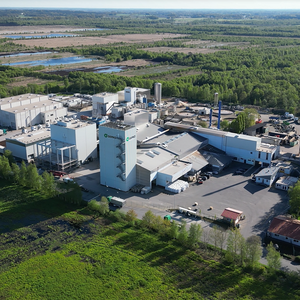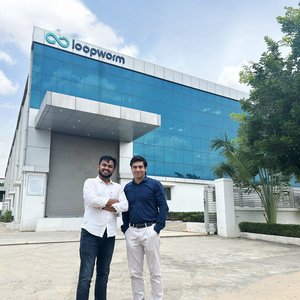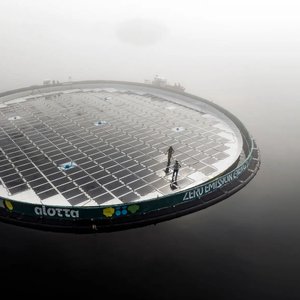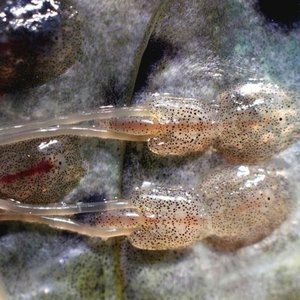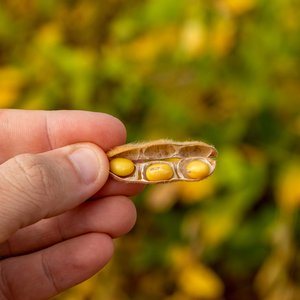State officials and hundreds of Oregonians gathered near Alsea on Friday for the grand opening of the Oregon Hatchery Research Center, which is expected to become an internationally recognized destination for fish research.
The $7.8 million facility, located on the site of the former Fall Creek Hatchery, will research differences that may exist between hatchery and wild salmon and steelhead. It was built with funds appropriated by the 2003 Oregon Legislature, and will be jointly operated by ODFW and Oregon State University.
In a ribbon-cutting ceremony led today by Governor Theodore Kulongoski and officials from OSU and the Oregon Fish and Wildlife Commission, the Governor underscored the importance of salmon and steelhead to Oregon.
“Today represents a new step forward for Oregon’s economy and in protecting and restoring threatened and endangered fish,” Kulongoski said. This facility is the result of a joint vision by the State of Oregon and Oregon State University. This partnership will deliver benefits for all Oregonians, now and into the future.”
Salmon and steelhead are pillars of Oregon’s culture and economy. More than 500,000 licensed sport anglers spend about $600 million each year on recreational fishing, resulting in $300 million in job-related income to citizens. Fishing-related activities are an important source of income for many Oregonians. The state’s commercial fishing industry provides another $160 million in personal income.
Dan Edge, chair of OSU’s Department of Fisheries and Wildlife, noted that fisheries scientists have historically speculated about the impact of hatcheries on the natural environment and how hatchery-raised fish might impact wild stocks.
“The research goals of this facility are critical to future management of salmon and steelhead in Oregon,” Edge said. “We are excited to begin this scientific exploration and develop a better understanding of fisheries management.”
Research at the facility will focus on native fish recovery and hatchery programs, and how to best manage hatcheries. Several of the original raceways from the Fall Creek Hatchery were kept intact, and a series of four artificial streams was constructed to mimic natural conditions. The operation also boasts wet and dry laboratories and a 44-unit tank farm.
OSU has hired Dr. David Noakes to head the facility. Noakes officially begian his duties on Saturday.



